How to Properly Store and Handle Packaging Materials
Proper storage and handling of packaging materials are crucial for maintaining their quality and ensuring they perform as intended. Whether you’re a small business owner, a warehouse manager, or someone involved in logistics, understanding the best practices for packaging material storage can save you time and money. In this article, we will explore essential tips for storing and handling boxes, bags, and cartons effectively.

A well-organized storage area helps maintain the quality and accessibility of packaging materials.
1. Understand Your Packaging Materials
Before diving into storage techniques, it’s essential to understand the different types of packaging materials you may be dealing with. Common materials include:
・ Corrugated Boxes: Ideal for shipping and storage, these boxes are sturdy and protect items from damage.
・ Paper Bags: Often used for retail, these bags come in various sizes and weights.
・ Cartons: Used for bulk packaging, these can be made from various materials, including cardboard and plastic.
Each type of material has unique storage requirements, so familiarize yourself with the specifics of what you have.

Familiarize yourself with the different packaging materials to understand their storage needs.
2. Choose the Right Storage Environment
The environment in which you store your packaging materials can significantly affect their longevity and usability. Here are key factors to consider:
Temperature and Humidity
・ Temperature: Store packaging materials in a cool, dry place. Extreme temperatures can weaken materials, especially cardboard.
・ Humidity: High humidity can lead to mold and deterioration. Use dehumidifiers in damp environments and ensure good ventilation.

Keeping an eye on temperature and humidity levels is crucial for maintaining packaging material quality.
Light Exposure
・ Avoid Direct Sunlight: Prolonged exposure to sunlight can cause the fading and weakening of materials. Store packaging away from windows or use UV-protective coverings.

Protect your packaging materials from direct sunlight to prevent damage.
3. Organize Your Storage Space
An organized storage space is essential for efficiency and safety. Here are some tips for organizing your packaging materials:
Use Shelving Units
・ Vertical Storage: Utilize vertical space with shelving units. This keeps materials off the floor and makes it easier to access them.
・ Label Everything: Clearly label shelves and bins to locate specific packaging materials.

Labeled shelving units help streamline the process of finding and accessing packaging materials.
Group Similar Items
・ By Size and Type: Store similar items together. For example, keep small boxes on one shelf and larger cartons on another.
・ FIFO Method: Implement a First In, First Out (FIFO) system to ensure older materials are used first, minimizing waste.
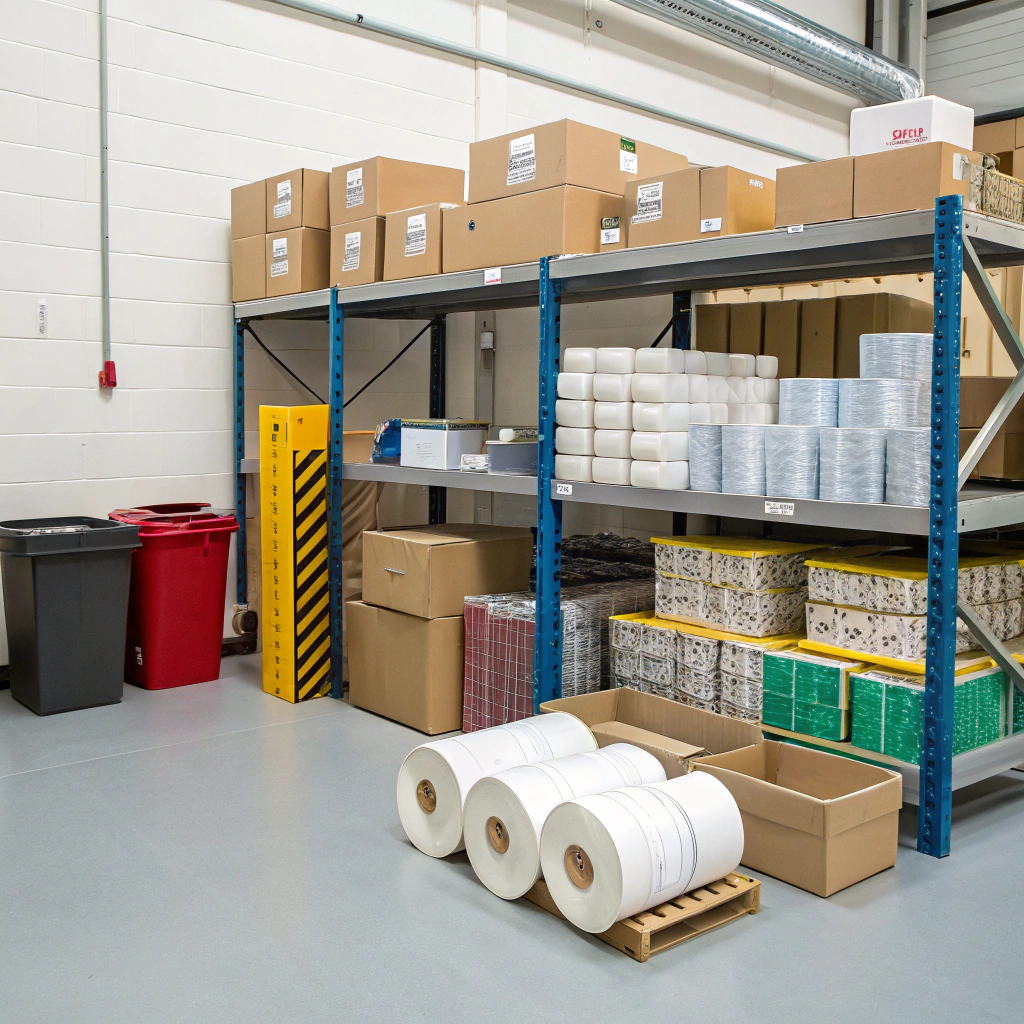
Organizing packaging materials by size and type enhances efficiency in your storage area.
4. Handle Packaging Materials with Care
Proper handling techniques can prevent damage and ensure the integrity of your packaging materials:
Use Proper Lifting Techniques
・ Lift with Your Legs: When moving heavy boxes or cartons, always lift with your legs, not your back, to prevent injury.
・ Team Lift: For larger items, don’t hesitate to ask for help. Team lifting can prevent accidents and damage.
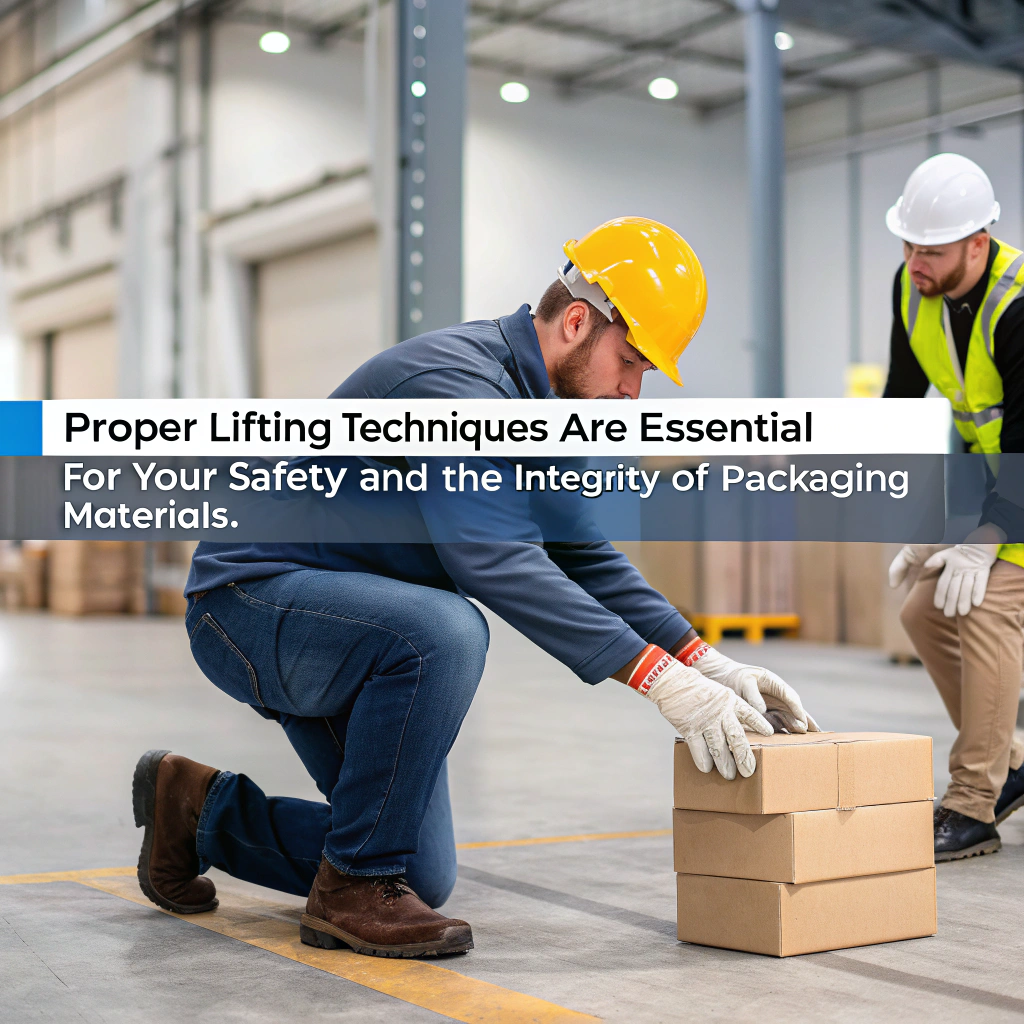
Proper lifting techniques are essential for your safety and the integrity of packaging materials.
Avoid Overloading
・ Weight Limits: Be mindful of the weight limits for boxes and bags. Overloading can lead to tearing or collapsing.
・ Stack Wisely: When stacking boxes, ensure that the bottom boxes can support the weight of those above them.
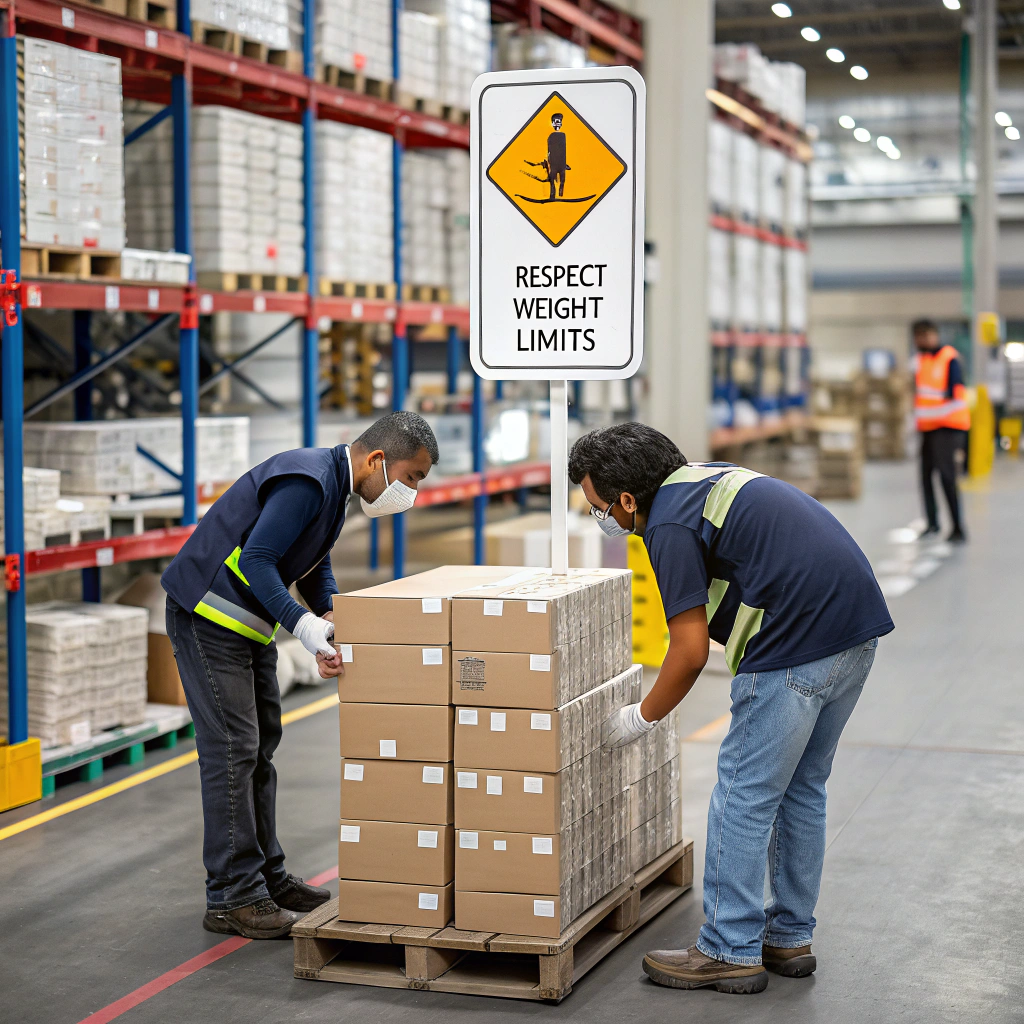
Always respect weight limits when stacking packaging materials to prevent damage and accidents.
5. Regularly Inspect Your Packaging Materials
Routine inspections can help identify any issues before they become problematic. Here’s what to look for:
Signs of Damage
・ Check for Tears and Dents: Regularly inspect boxes and bags for any signs of wear and tear.
・ Watch for Moisture Damage: Look for signs of mold or dampness, especially in humid environments.
Caption: Regular inspections help identify damaged packaging materials before they impact your operations.
Rotate Stock
・ FIFO System: As mentioned earlier, always use the FIFO method to ensure older stock is used before newer stock.
・ Regular Updates: Keep track of inventory levels and reorder materials before they run out.
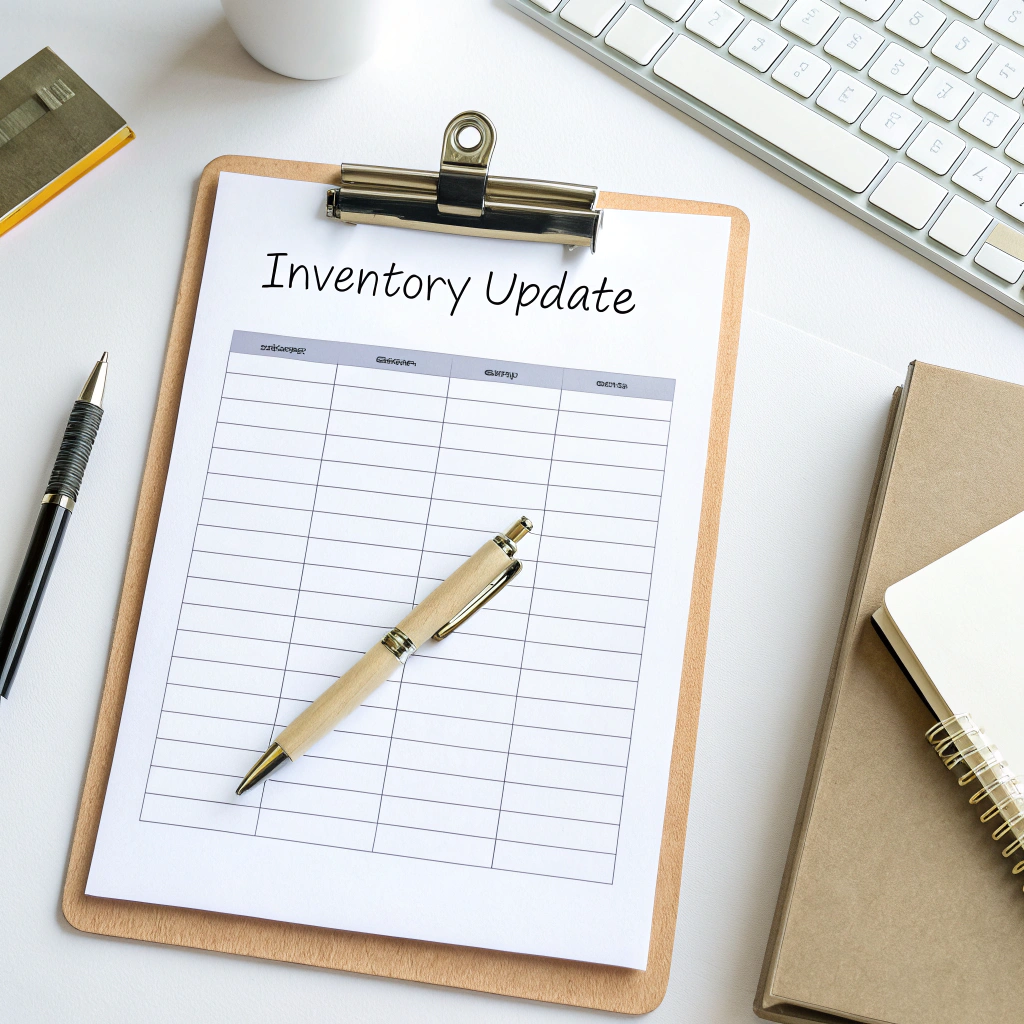
Keeping an updated inventory checklist helps manage stock levels effectively.
6. Train Your Staff
Investing time in training your staff on proper storage and handling techniques can yield significant long-term benefits:
Conduct Training Sessions
・ Hands-On Training: Provide hands-on training for staff on how to lift, store, and handle packaging materials properly.
・ Safety Protocols: Ensure that all employees understand safety protocols to minimize accidents and injuries.
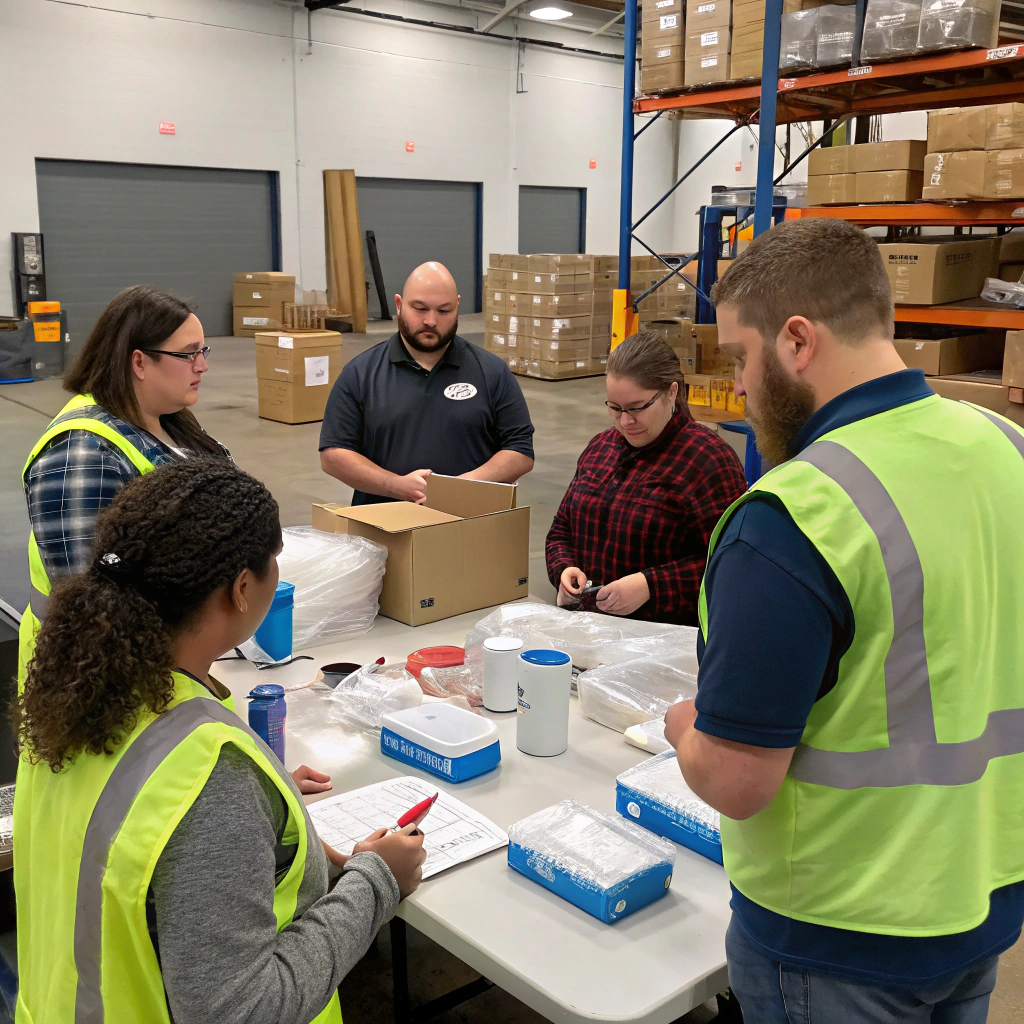
Training sessions equip staff with the knowledge to handle packaging materials safely and efficiently.
Conclusion
Proper storage and handling of packaging materials are essential for maintaining their quality and ensuring efficient operations. By understanding your materials, choosing the right storage environment, organizing effectively, handling with care, conducting regular inspections, and training your staff, you can optimize your packaging processes. Implement these best practices at your facility to enhance productivity and reduce waste.

